The Big Dipper is a well-known set of stars to look for when gazing at the night sky.
A common question is whether the Big Dipper is a constellation or if not, then what is it?
The arrangement of stars that form what is known as the Big Dipper has appeared in texts that are hundreds of years old.
Texts speak of the night sky and the formation of the Big Dipper, and what it represents.
But why is the Big Dipper such a mystery? Here we’re going to look at the history and facts about these seven bright stars.
What is the Big Dipper?
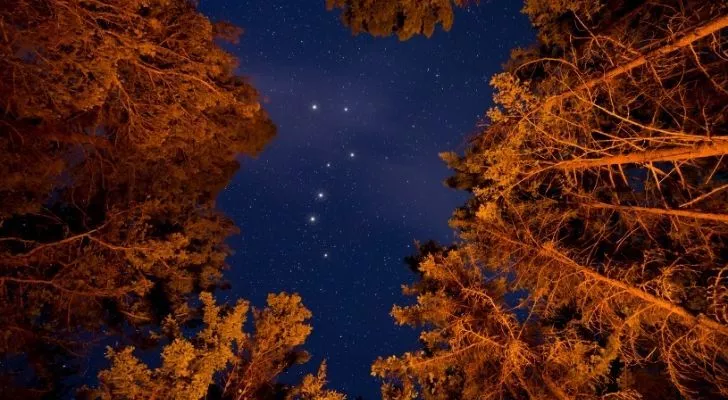
The Big Dipper is an arrangement of stars sometimes referred to as the plough.
The Big Dipper can be found in the Northern Hemisphere and rotates around the North Star Polaris.
It is made up of seven very bright stars; these are Dubhe, Merak, Phecda, Megrez, Alioth, Mizar, and Alkaid.
Four of them define what we see as the bowl or main body, and the other three create the handle.
The Big Dipper is globally seen as a symbol of the north. A great example of this is its use on the flag of Alaska.
Alaska’s flag is made up of eight stars, the seven that make the Big Dipper, as well as Polaris the North Star.
Is the Big dipper a constellation?
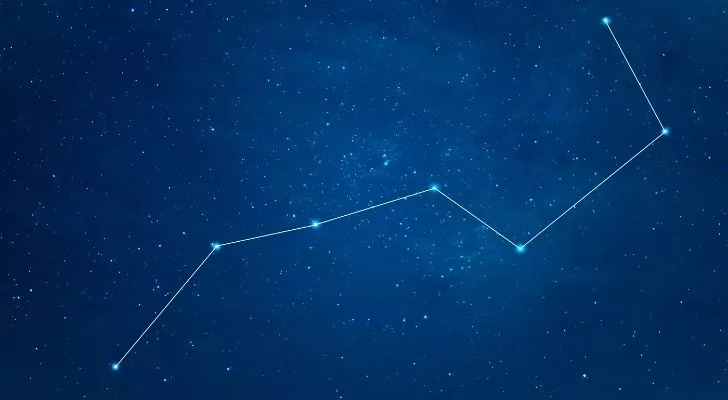
The Big Dipper is not a constellation; it is an asterism.
An asterism is a group of bright shining stars that form prominent patterns in the night sky.
They are smaller than a constellation and sometimes make up part of a constellation.
The Big Dipper is part of the Ursa Major constellation. More specifically, it’s the “tail” that forms part of Ursa Major.
Ursa Major, also known as the Great Bear, is the third largest of modern constellations.
Ursa Major was one of the 48 constellations listed by the astronomer Ptolemy in the 2nd Century AD.
How did the Big Dipper get its name?
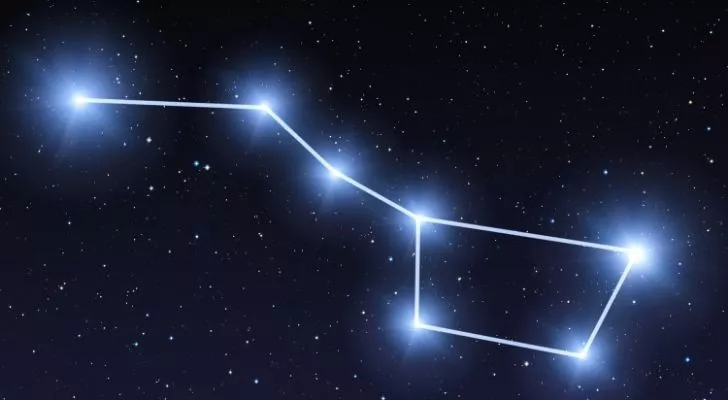
The Big Dipper has many names across the globe. These names stem from different myths and associations.
The asterism is known as the Big Dipper across the US and Canada, but in the UK and Ireland, it’s also known as “The Plough.”
It is called the Big Dipper in the US because it looks like a drinking gourd. This is believed to have stemmed from a folk song that had the lyrics “follow the drinking gourd.”
The song was sung by runaway slaves in Africa as guidance in their journeys heading north.
In the Bible, the formation is referred to as the “Seven stars.”
In Malaysia, it is known as “boat constellation,” and similarly in Indonesia, it is referred to as “canoe stars.”
What is the Little Dipper?
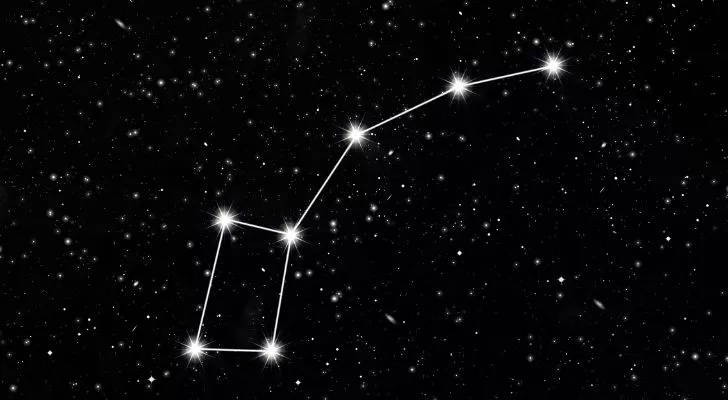
There is a Little Dipper too! The Little Dipper, much like the Big Dipper, is an asterism that makes up part of the constellation of Ursa Minor, also known as the Little Bear.
Polaris, the North Star, marks the end of the handle of the Little Dipper.
So when you look up and locate the Big Dipper, you will notice the Little Dipper directly below.
It has the same formation as the Big Dipper, just on a smaller scale and in reverse.
When can I see the Big Dipper?
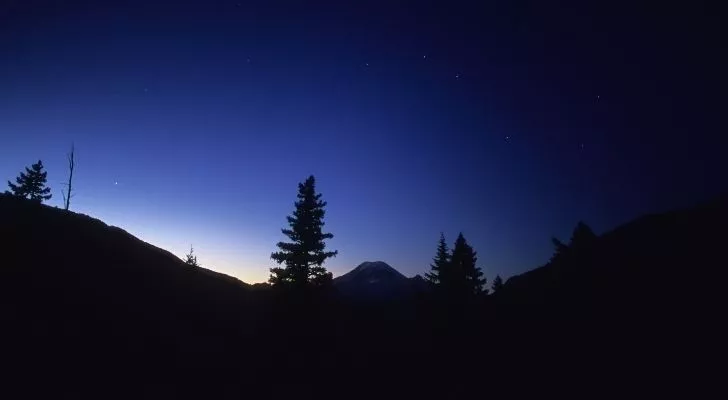
The best time of year to see the Big Dipper is between March and June from around 22:00 in the Northern hemisphere.
If you want to locate the Big Dipper, you need to be facing north, ideally being able to see the northern horizon.
The Big Dipper moves depending on the seasons, so if you are viewing during spring or summer, then the Big Dipper will be higher above the horizon.
The Big Dipper will appear to be situated lower down in the fall or winter, making it closer to the horizon.
Avoiding a heavily light-polluted area is essential for you to get the best viewing.
In Conclusion
The Big Dipper is one of the world’s most known star formations to make up part of Ursa Major.
Although it is not a constellation because it is too small, it has played an important part in mapping the night sky.
For its navigational purposes and being a symbol of the northern night sky, the Big Dipper is a famous formation to look for.
Next time you find yourself stargazing, why not try and look for it and see if you can locate the Little Dipper too.


















